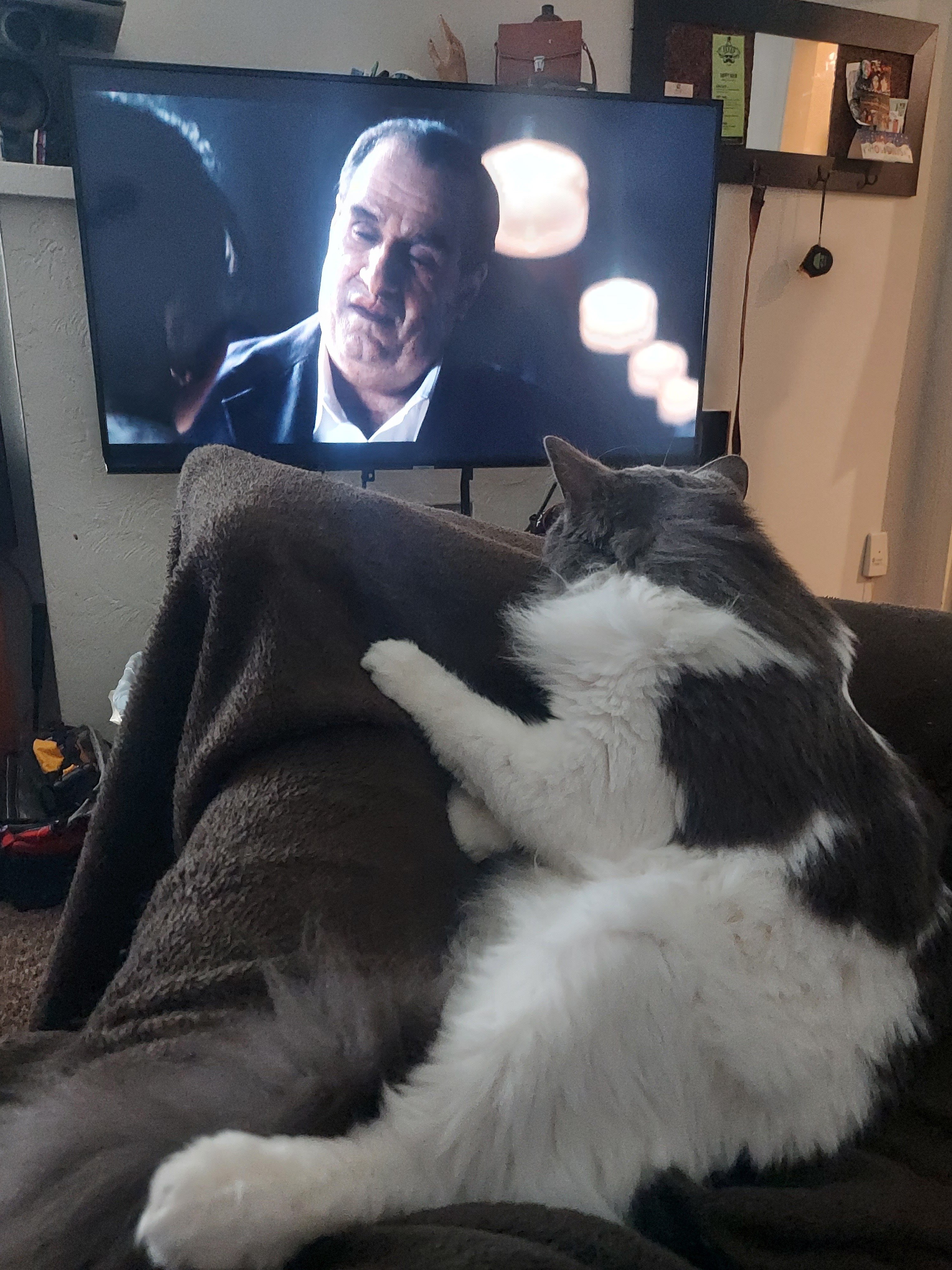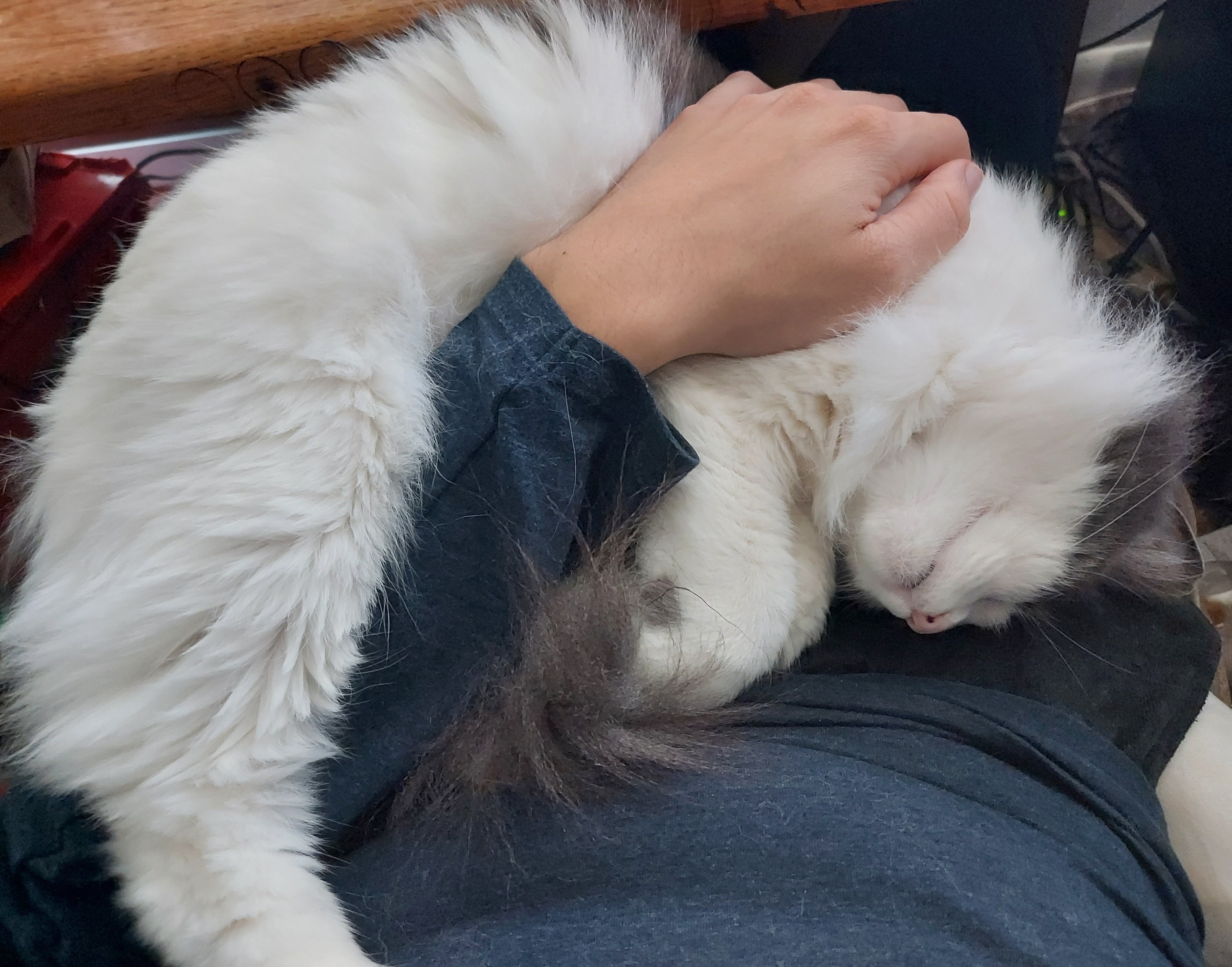I think the Wikipedia article answers that question: "carved wood as a supplemental, and perhaps sturdier, base to which the color-coded cords could be attached.[6] A relatively small number have survived."
they're fragile and don't last. i imagine the act of reading them probably wears them down quickly if they're read often. you read them through abrasion. books are fragile too, but it's possible to handle them carefully and still read them. can these be read by sight? I'm actually not sure now that i think about it.
this likely created survivorship bias. even in the cultures that we know to have used them surviving examples are uncommon. there could easily have been other cultures doing this or something similar, but we wouldn't know before none survived the test of time.
edit: read further and there's also this "and most quipu were identified as idolatrous and destroyed," -destroyed by the spaniards.
classic.
man i gotta finish reading first.
"Various cultures have used knotted strings unrelated to South American quipu to record information — these include Chinese knotting, and practice by Tibetans, Japanese, and Polynesians.[10][11][12][13][14]"
i bet we could get a better answer by looking at the cultures that did this but weren't fucked over by colonizers. Japan seems a good place to start. one of the few countries that looked colonizers in the face, saw through their bullshit, then had the strength of arm to tell them to fuck all the way off.






my ex spent time in a woman's prison in Georgia. she used to describe pretty much exactly this. among many other horrible things. it's funny, in America there's this common perception that the other prisoners are the scary part of prison. no, it's the guards. they would find any excuse to beat people and rape was a nearly daily occurrence for some.
the majority of her time served was before her trial or sentencing or anything. there is shockingly little difference between how we treat a person arrested, but still presumed innocent, and someone found guilty and in prison.